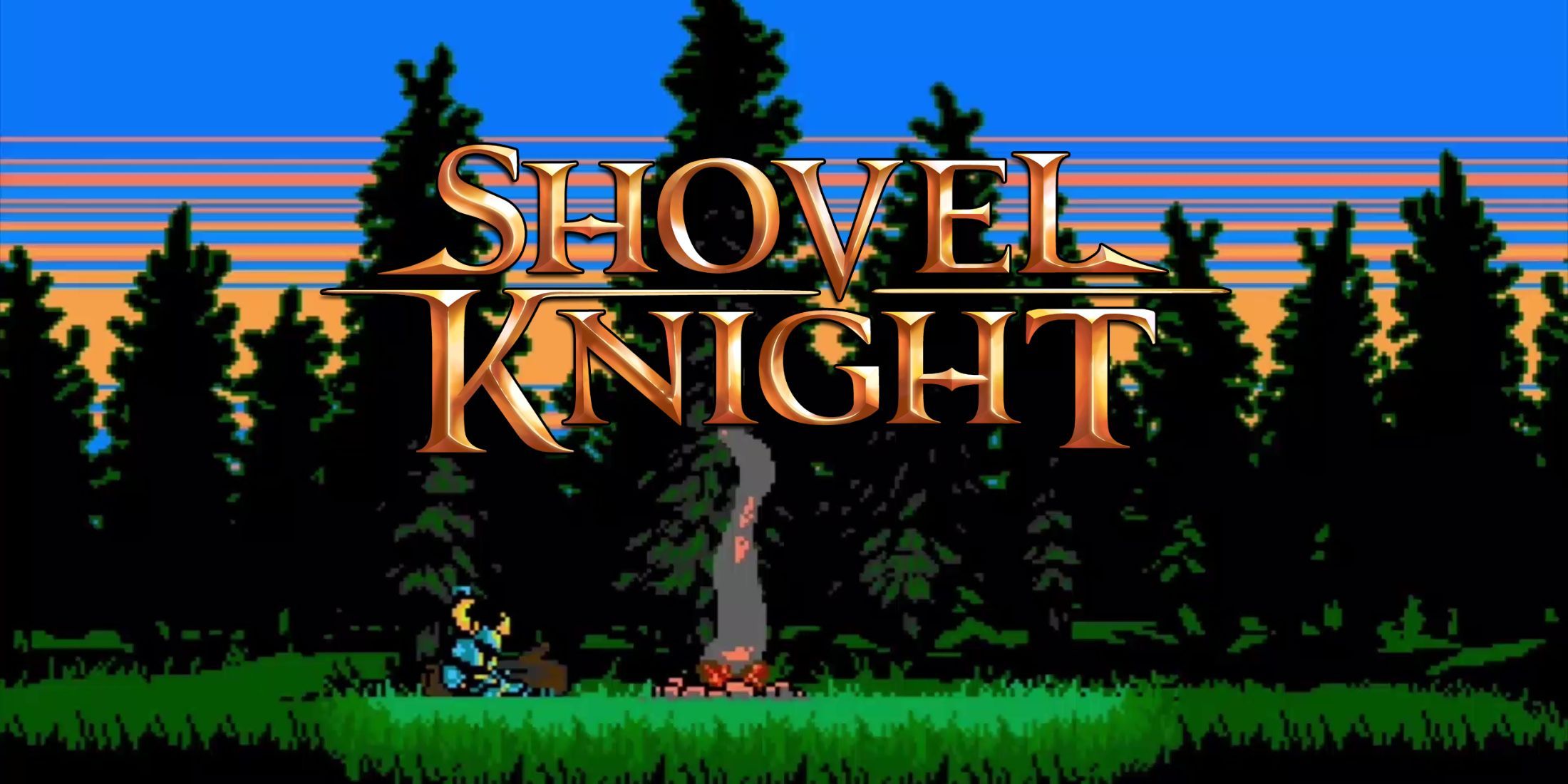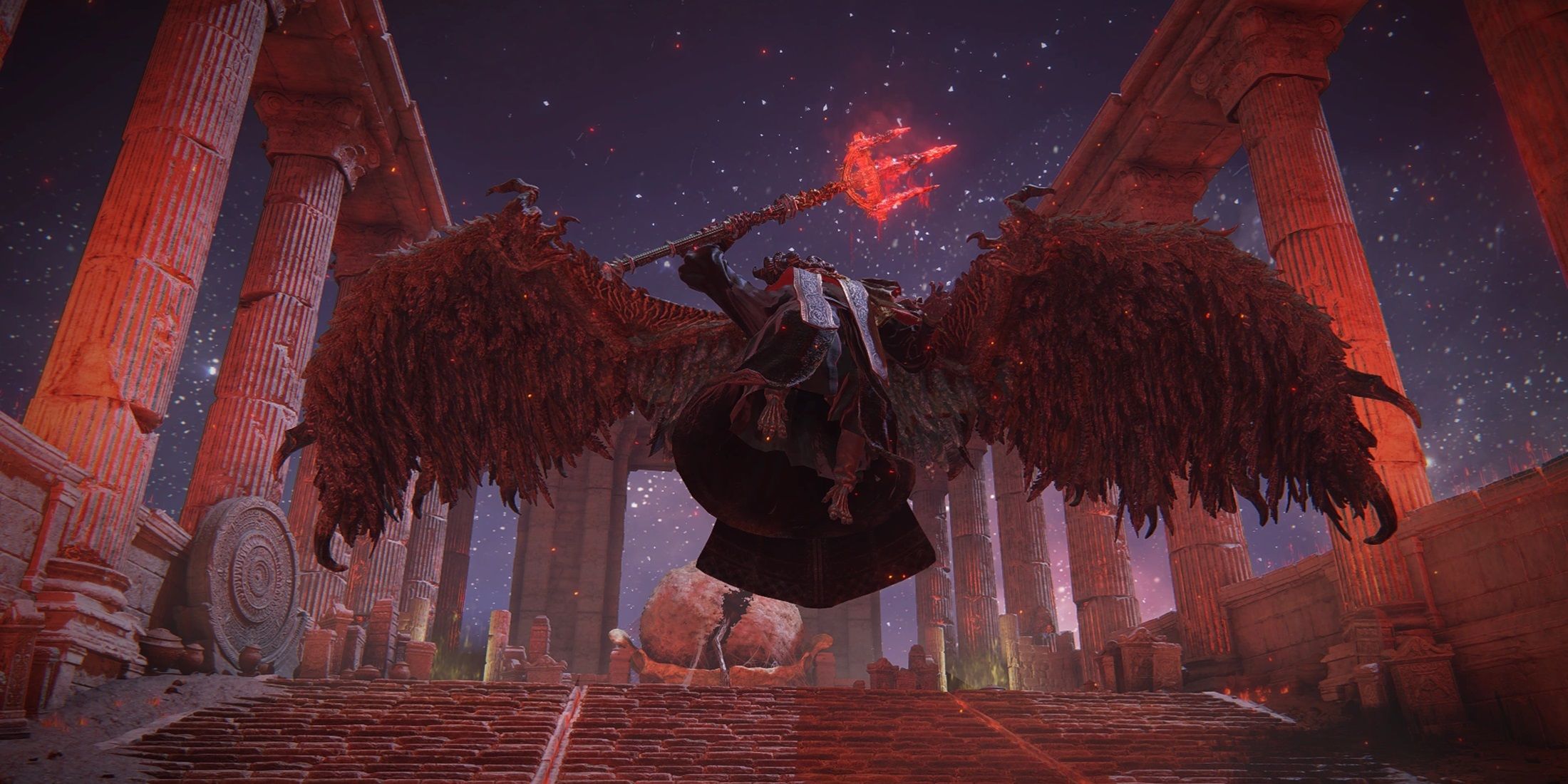This guide explores the diverse uses of Minecraft's floral bounty, from dye production to landscaping and rare species collection. Let's delve into the unique properties and applications of various flowers.
Table of Contents
Poppy | Dandelion | Allium | Rose Bush | Wither Rose | Peony Bush | Lily of the Valley | Tulip | Azure Bluet | Blue Orchid | Cornflower | Torchflower | Lilac | Oxeye Daisy | Sunflower
Poppy
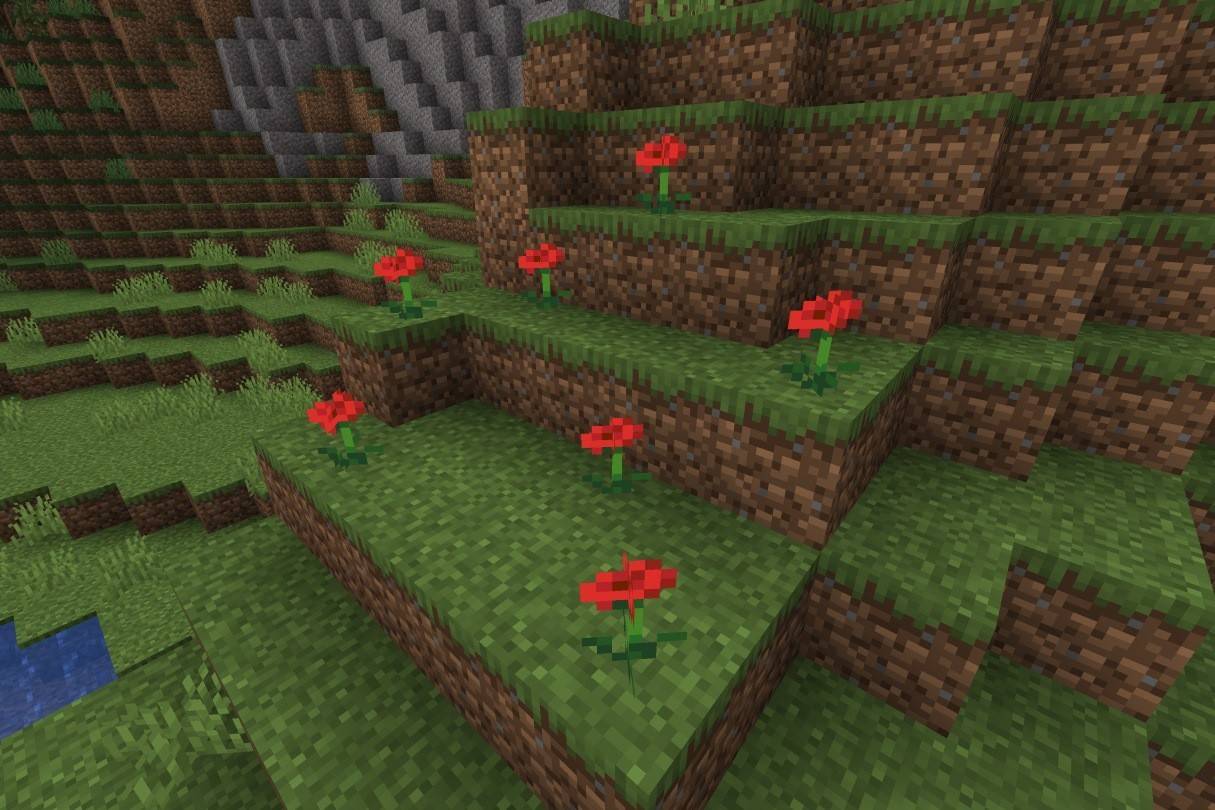 Image: ensigame.com
Image: ensigame.com
Poppies, the iconic red flowers, replaced the original roses and cyan flowers in game updates. They naturally spawn in various biomes and are occasionally dropped by Iron Golems. Their primary use is crafting red dye, vital for coloring banners, beds, wool, sheep, and wolf collars.
Dandelion
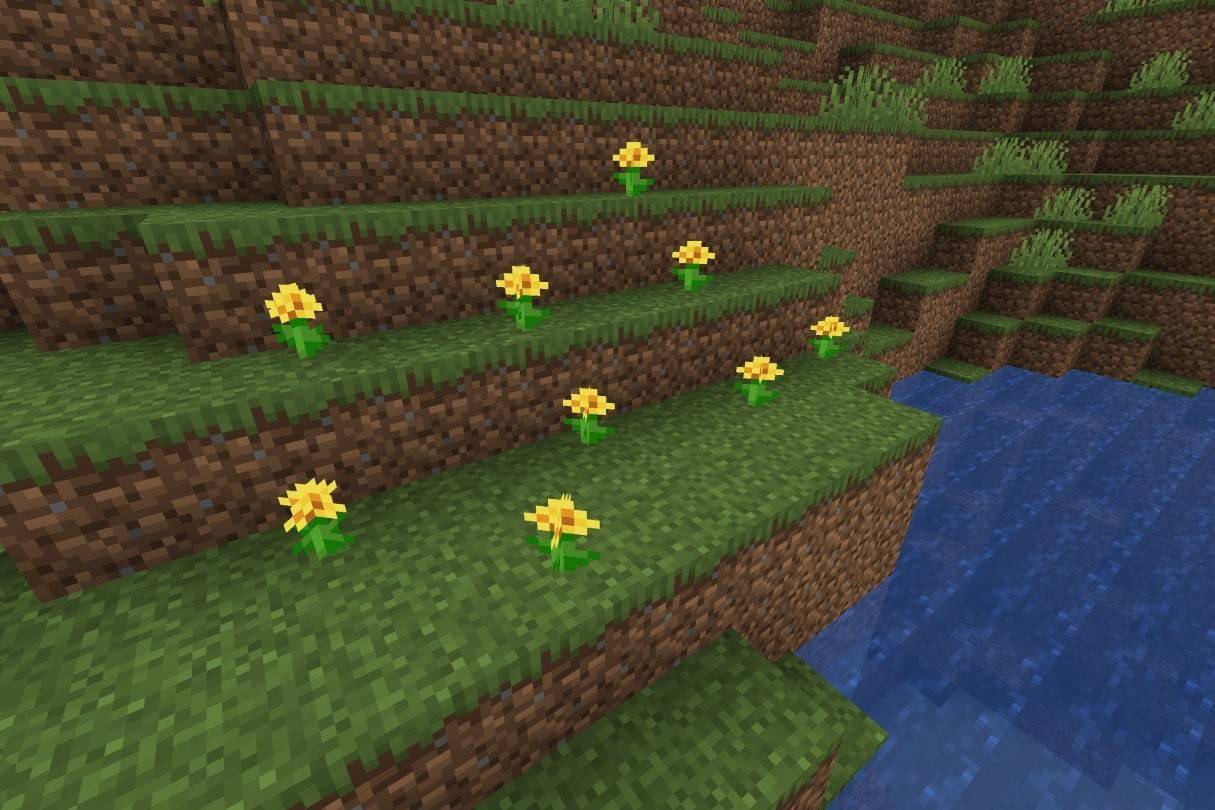 Image: ensigame.com
Image: ensigame.com
Bright yellow dandelions flourish in most biomes (excluding marshes and ice plains). Found frequently in flower forests, they're a key source of yellow dye (sunflowers yield double the amount). Perfect for adding a sunny touch to banners, wool, and other decorative elements.
Allium
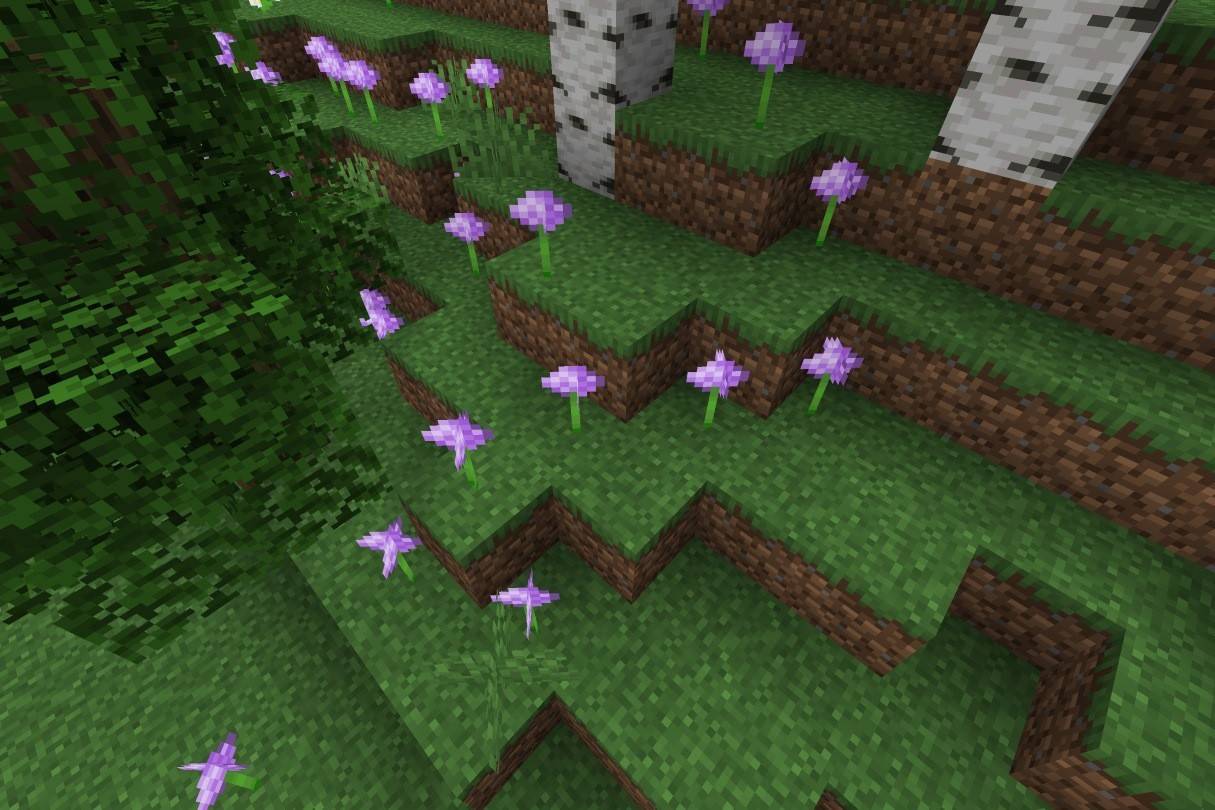 Image: ensigame.com
Image: ensigame.com
These striking purple alliums are native to flower forests. They produce magenta dye, essential for coloring mobs and crafting magenta stained glass, terracotta, and wool. A beautiful addition to any build.
Rose Bush
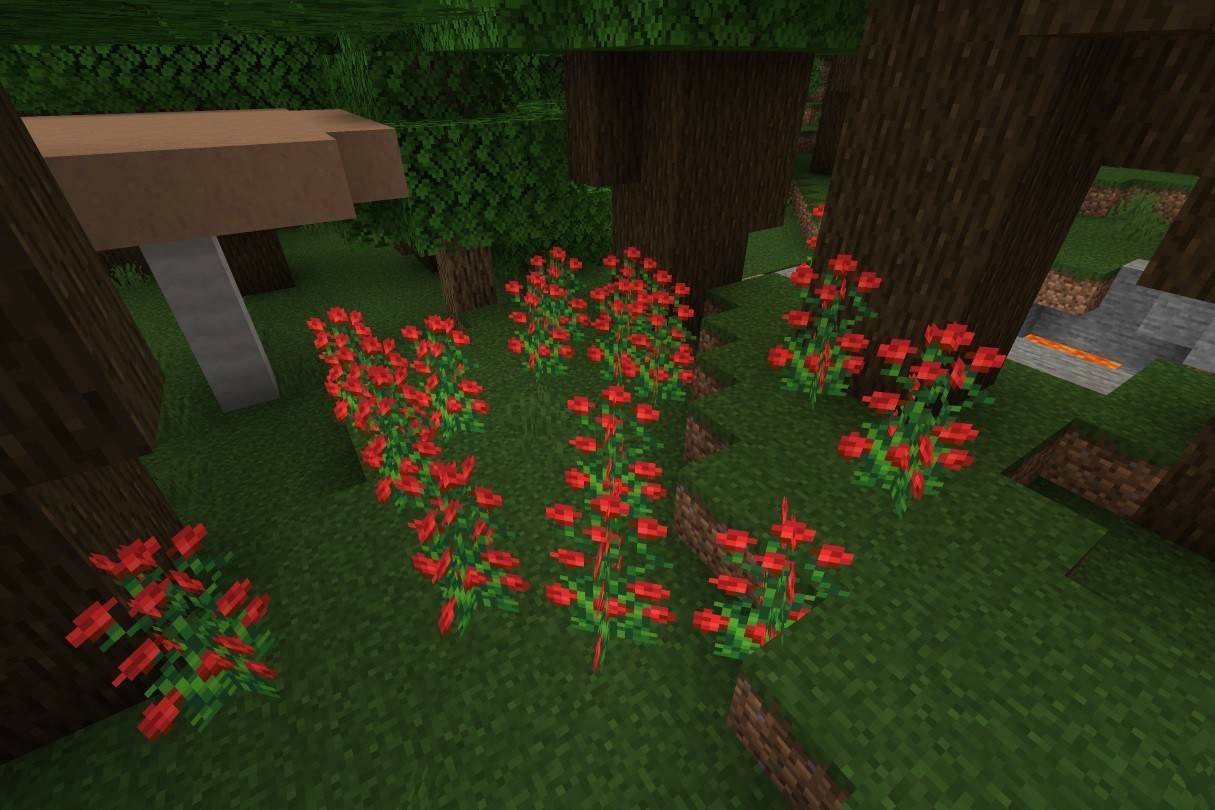 Image: ensigame.com
Image: ensigame.com
Tall, red rose bushes thrive in various wooded biomes. Like lilacs and sunflowers, they're among Minecraft's taller flowers. They provide red dye, useful for dyeing wool, banners, beds, and leather armor. A safe and attractive landscaping choice.
Wither Rose
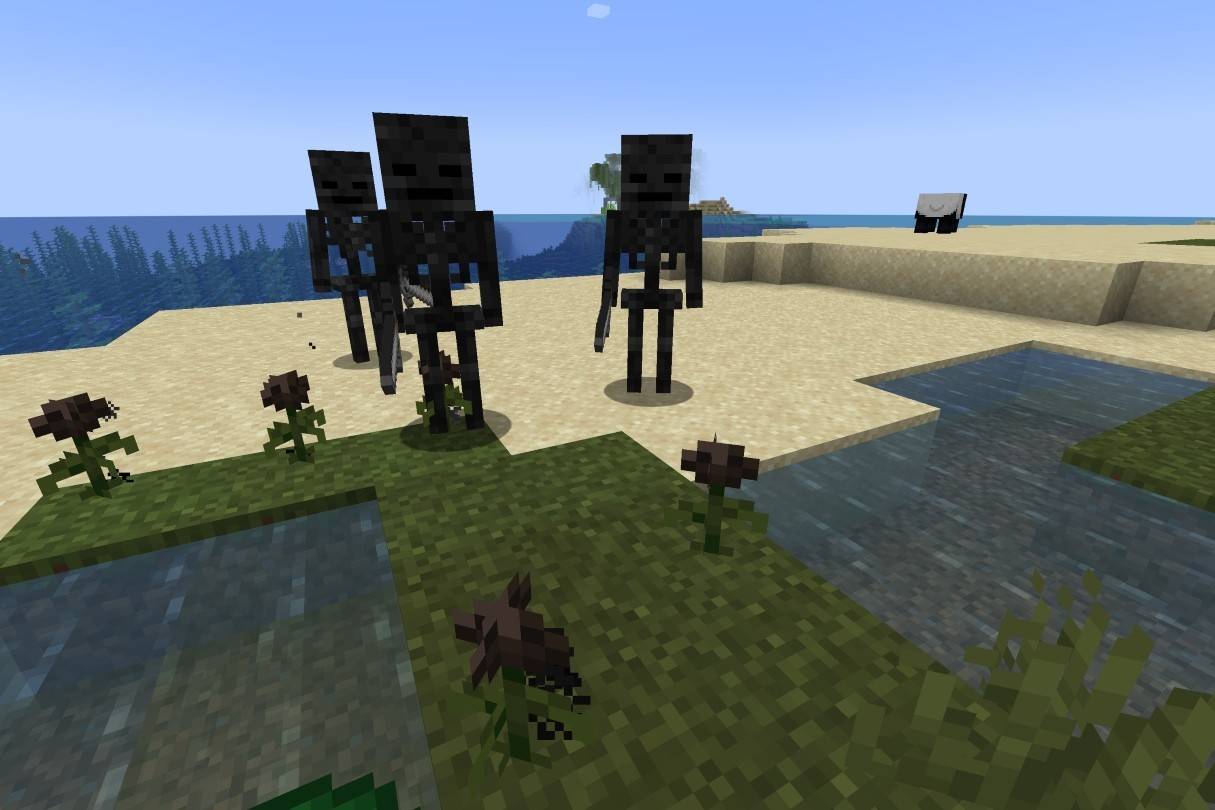 Image: ensigame.com
Image: ensigame.com
The ominous wither rose doesn't grow naturally; it spawns when a mob is killed by the Wither or rarely appears in the Nether. Touching it inflicts the Wither effect (curable with milk). It's used to create black dye, for coloring leather armor, terracotta, banners, beds, and wool, as well as firework stars and black concrete powder.
Peony Bush
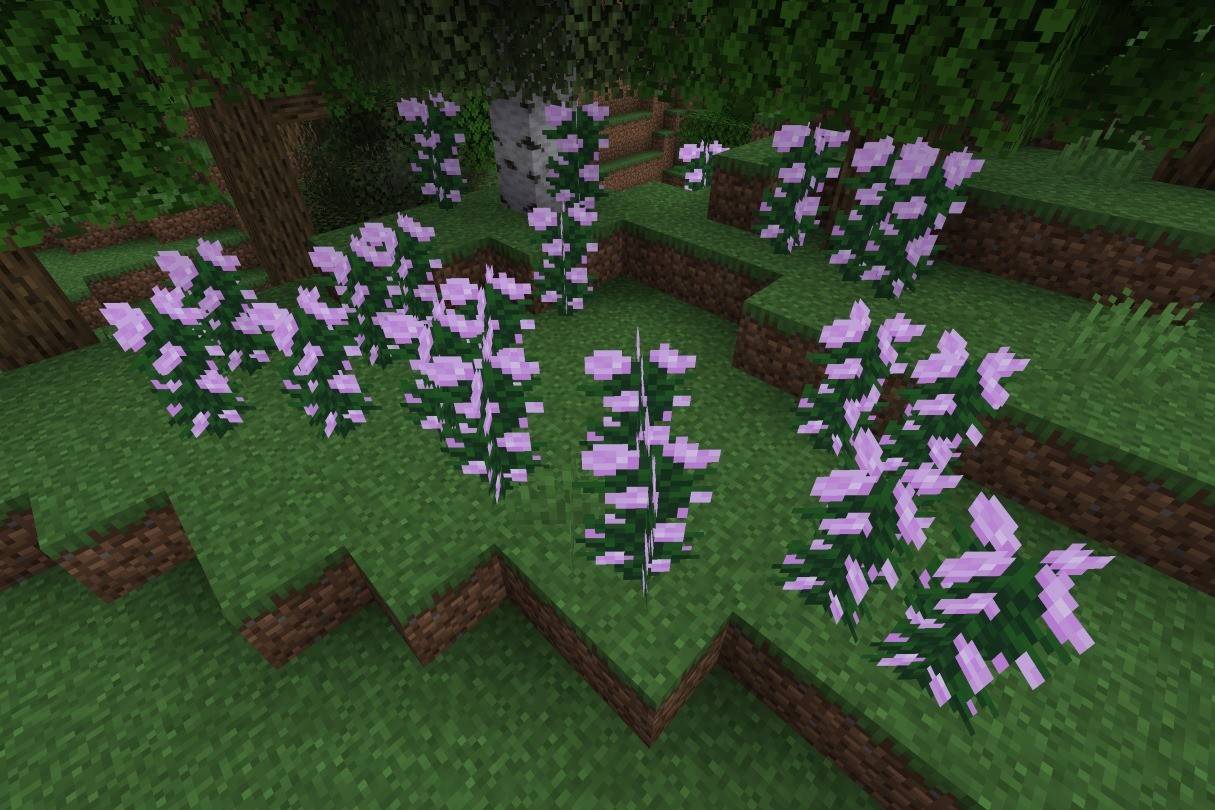 Image: ensigame.com
Image: ensigame.com
These tall, pink peony bushes thrive in woodland biomes. They yield pink dye (also craftable from red and white dye) and can be propagated with bone meal. Pink dye is used for wool, stained glass, terracotta, and wolf collars.
Lily of the Valley
 Image: ensigame.com
Image: ensigame.com
The delicate Lily of the Valley, found in forests and flower forests, produces white dye. This dye is used for wool, banners, beds, terracotta, and wolf collars, and is a base for creating other dyes.
Tulip
 Image: ensigame.com
Image: ensigame.com
Tulips come in red, orange, white, and pink varieties, found in plains and flower forests. Their dye color matches their appearance, offering diverse options for customization.
Azure Bluet
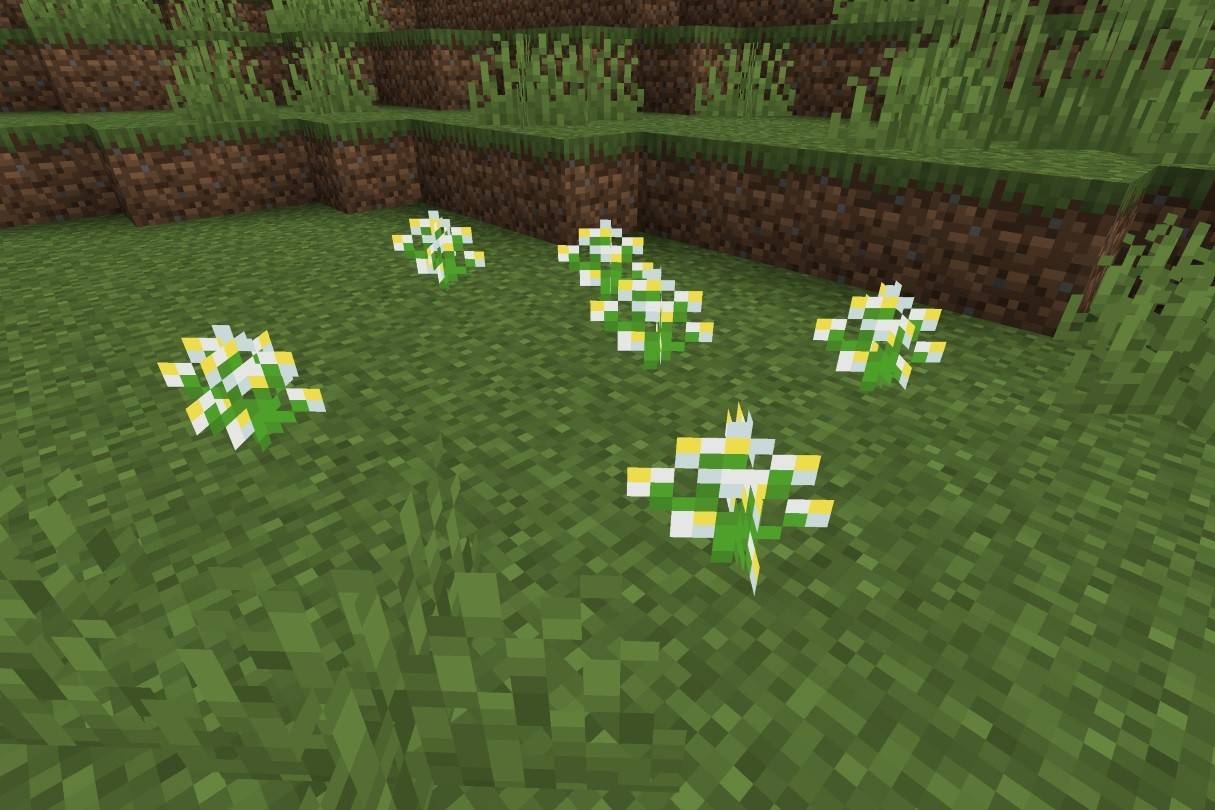 Image: ensigame.com
Image: ensigame.com
This small, white and yellow flower, found in grasslands, sunflower plains, and flower forests, creates light gray dye.
Blue Orchid
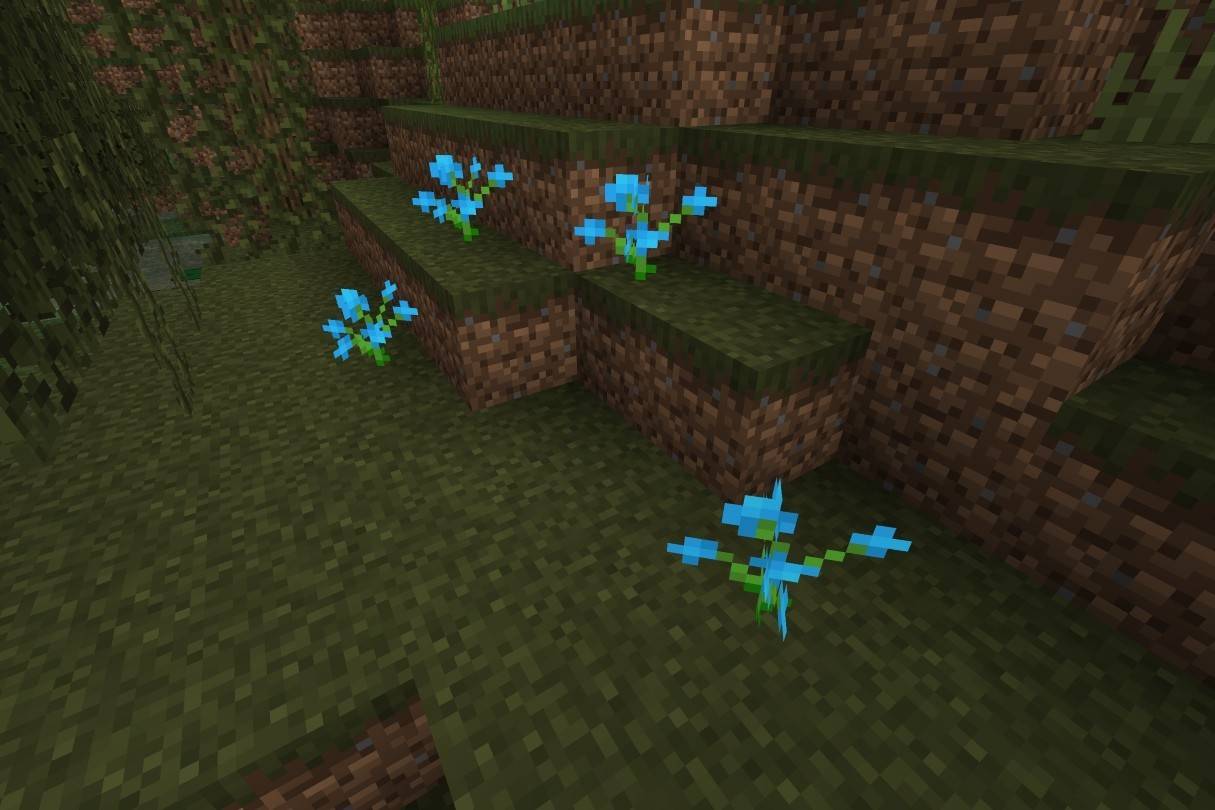 Image: ensigame.com
Image: ensigame.com
The rare blue orchid, found only in swamps and taiga biomes, is used to make light blue dye.
Cornflower
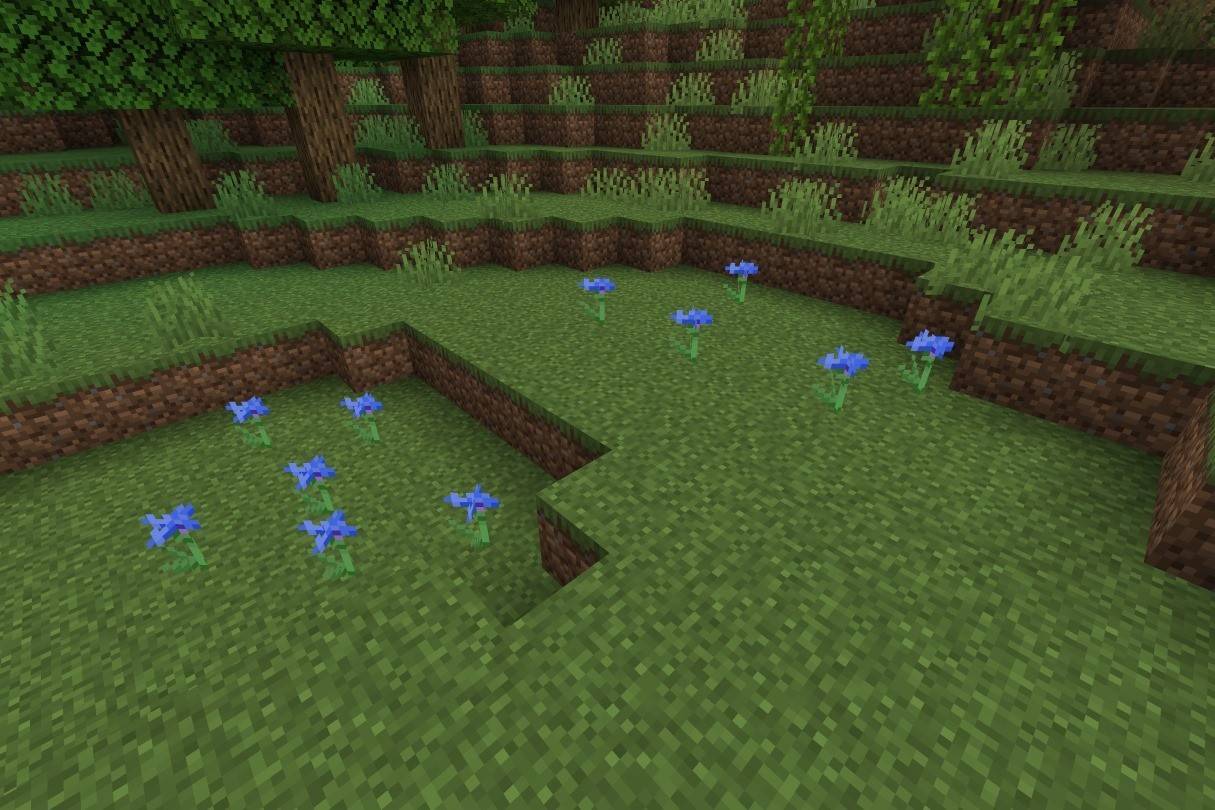 Image: ensigame.com
Image: ensigame.com
These blue cornflowers, found in plains and flower forests, produce blue dye for wool, glass, and terracotta.
Torchflower
 Image: ensigame.com
Image: ensigame.com
Torchflowers, grown from seeds, yield orange dye. Their behavior differs slightly between Java and Bedrock Editions.
Lilac
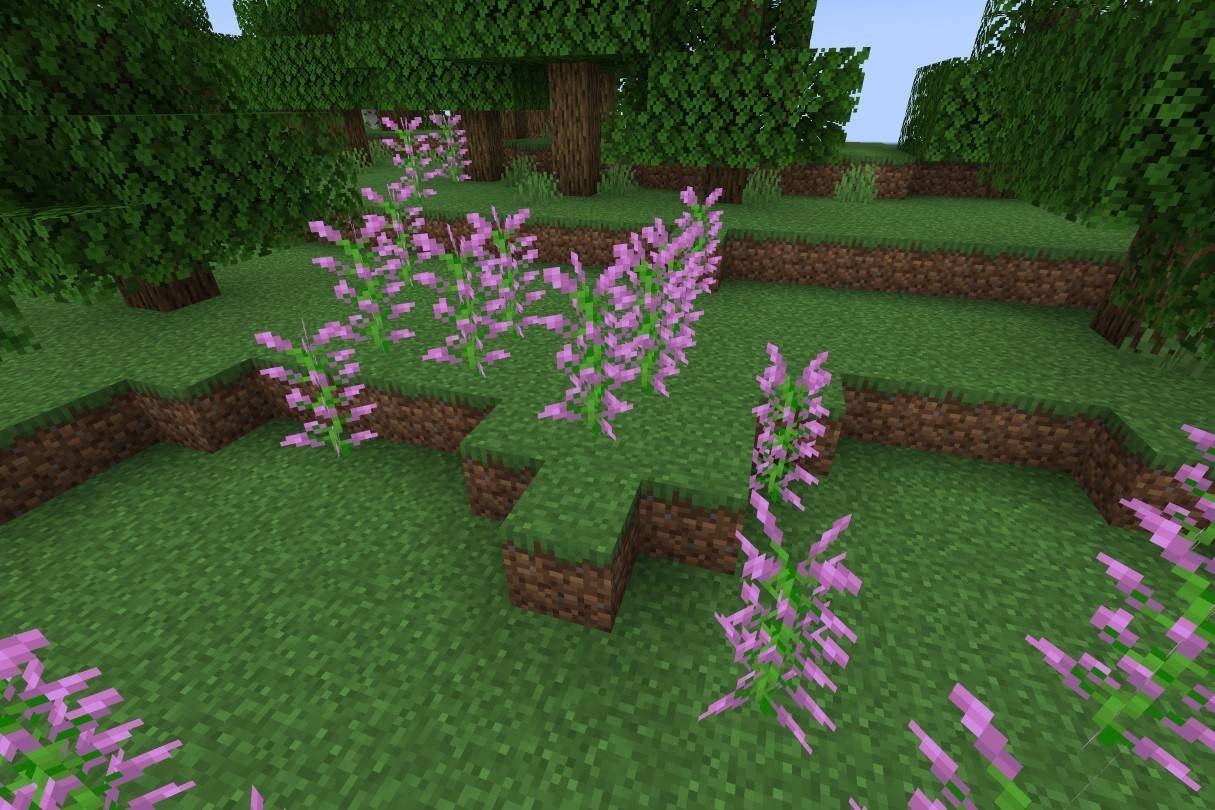 Image: ensigame.com
Image: ensigame.com
Tall, light-purple lilacs, found in various forest biomes, produce magenta dye.
Oxeye Daisy
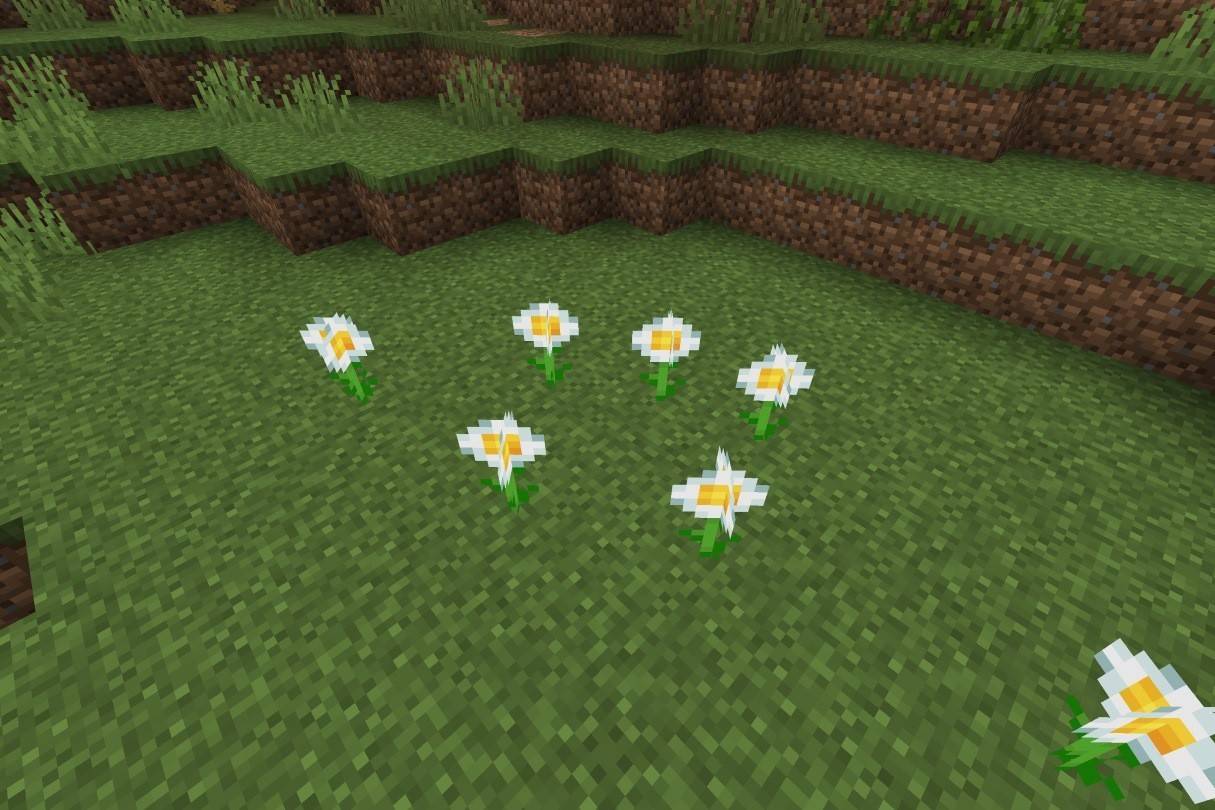 Image: ensigame.com
Image: ensigame.com
The oxeye daisy, found in plains biomes, creates light gray dye and is also useful for decorative purposes.
Sunflower
 Image: ensigame.com
Image: ensigame.com
Sunflowers, found in sunflower plains, produce yellow dye and are known for their directional growth.
These flowers offer a wealth of possibilities in Minecraft, from crafting to decoration. Explore their unique properties and unlock their full potential!

 Latest Downloads
Latest Downloads
 Downlaod
Downlaod

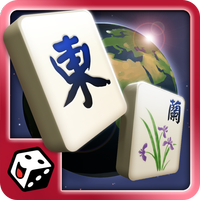


 Top News
Top News


